In the News
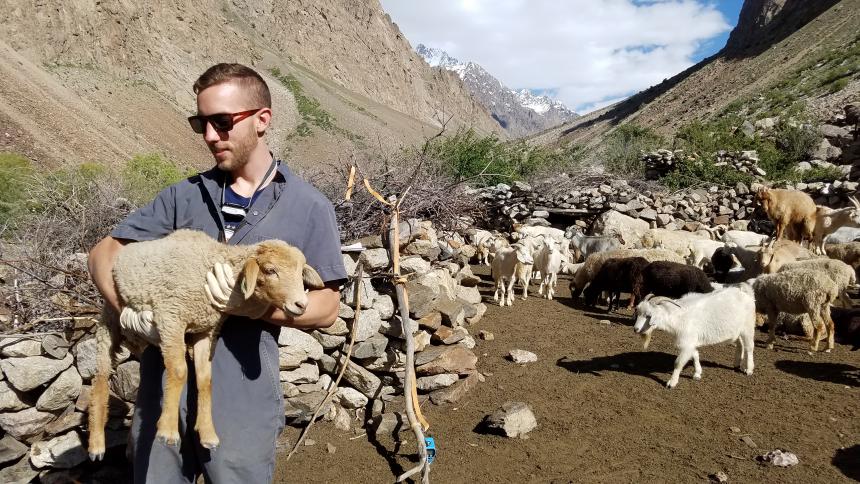
July 06, 2023
At an altitude of 13,000 feet, I’m strangely captivated by the beads of water collected on the ceiling of my thin nylon shelter. An individual drop slowly swells and parts from its neighbors, plummeting down and crashing on the surface of my sleeping bag....
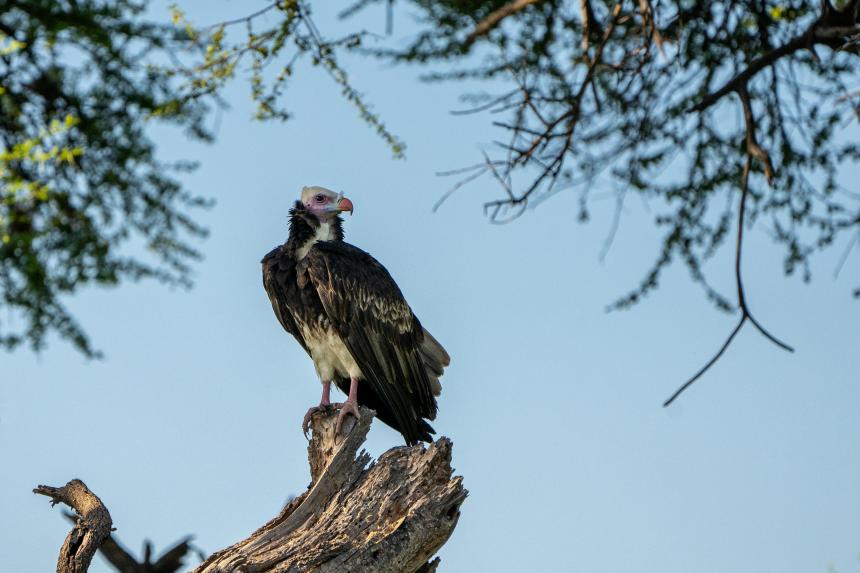
Blog
June 23, 2023
With the help of Dr. Martin Gilbert, Cornell veterinary student Christel-Remy Kuck, DVM '24, lends a hand to struggling vulture populations at VulPro, South Africa through Cornell University College of Veterinary Medicine's Expanding Horizons International Education Program.
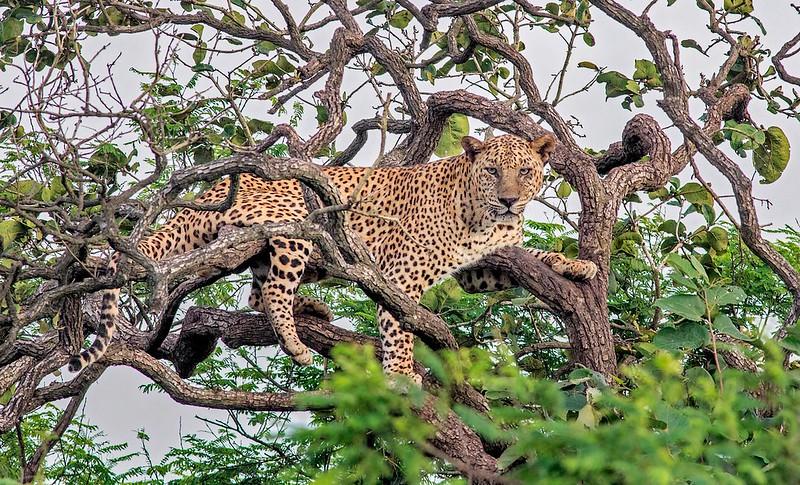
Blog
June 22, 2023
Welcome to the Living with Leopards Project student intern blog. Join us as we explore the implications of human-leopard conflict in the Himalayan foothills, reporting from Chitwan National Park, Nepal.
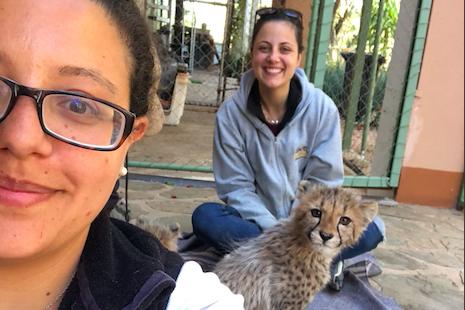
May 24, 2023
This past summer, with support from Cornell’s Expanding Horizons Program, I had the opportunity to work with the Cheetah Conservation Fund in Otjiwarongo, Namibia as a veterinary extern....
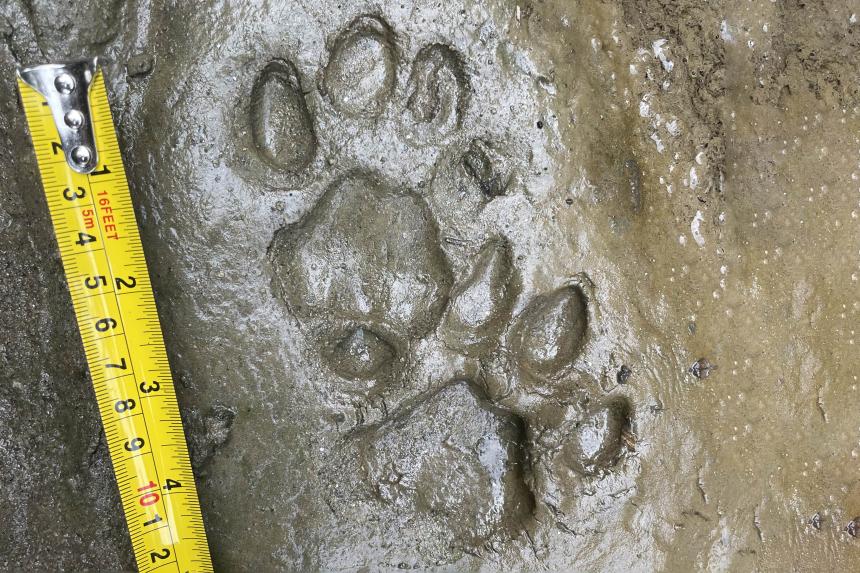
May 24, 2023
Our Wild Carnivore Health Specialist Dr. Martin Gilbert was awarded a seed grant from the Mario Einaudi Center for International Studies to tackle issues related to the health of endangered wild dogs (dholes).
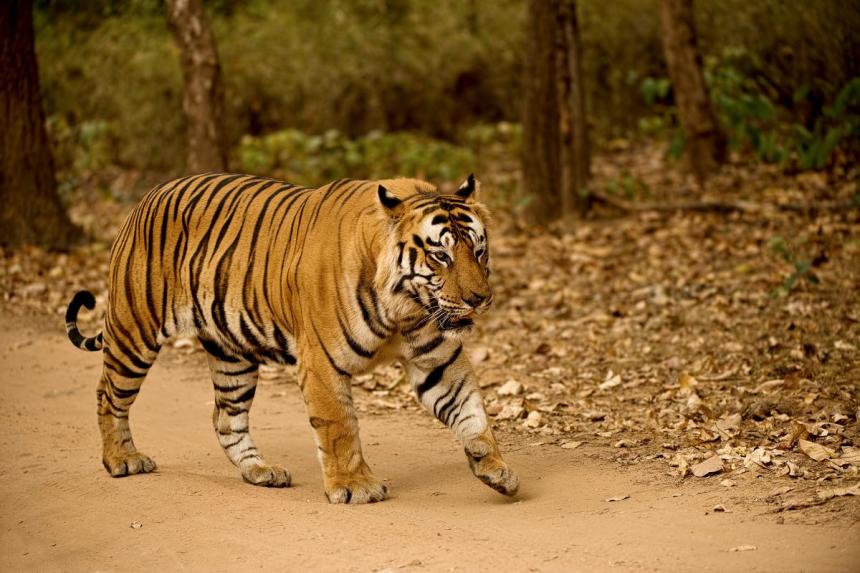
May 04, 2023
In the past century, the global tiger population has dwindled from over 100,000 to between 3,726 and 5,578 animals. In this literature review led by Cornell, researchers suggest disease surveillance is increasingly important as tiger populations decline and become more vulnerable to disease outbreaks.
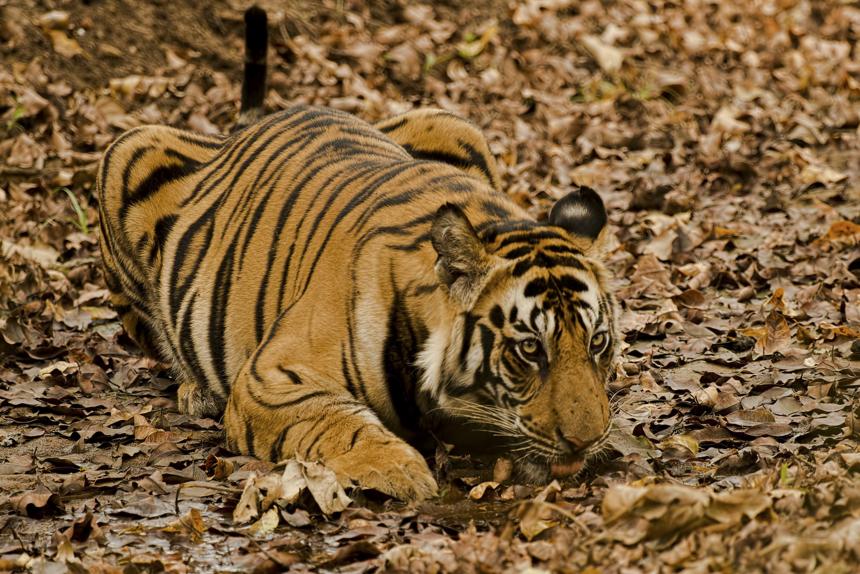
For Your Information
April 21, 2023
The contraction of the global tiger population over the last 100 years into small, often isolated subpopulations has made them increasingly vulnerable to the impact of disease. Despite this, the health of wild tigers continues to be insufficiently funded and explored.
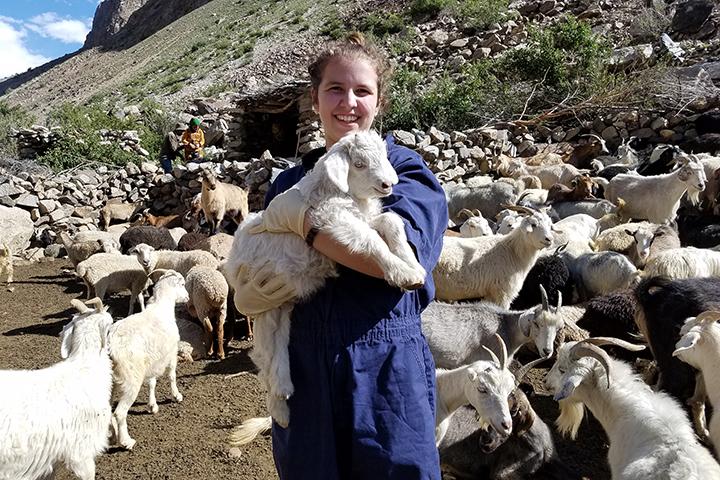
March 22, 2023
I vividly remember the night before I left for Tajikistan; I was nervous, excited, and utterly exhausted. I had just finished wrapping graduation gifts for my roommates and had just about moved everything out of where I was living for the last two years (including my bed)....

For Your Information
March 14, 2023
Canine distemper virus is a global multi-host pathogen that can be fatal in a range of species. This latest study shows that the presence of free-roaming dogs around protected areas in Nepal could represent a source of infectious disease for transmission to local wildlife, including endangered tigers.
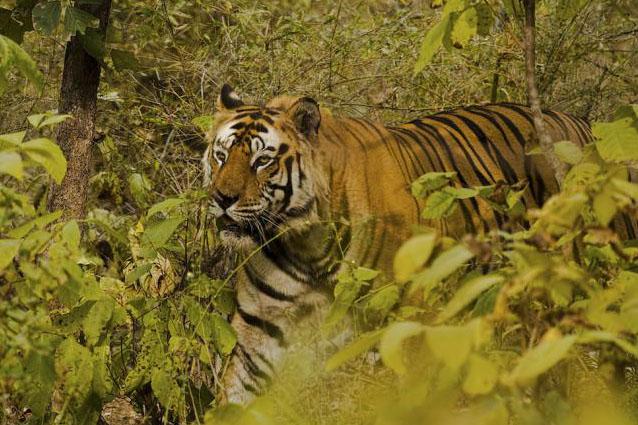
February 21, 2023
Cornell researchers have confirmed the first cases of canine distemper virus in tigers and leopards in Nepal. This is significant, as both populations are already threatened and the virus can cause fatal neurological disease.
